Search
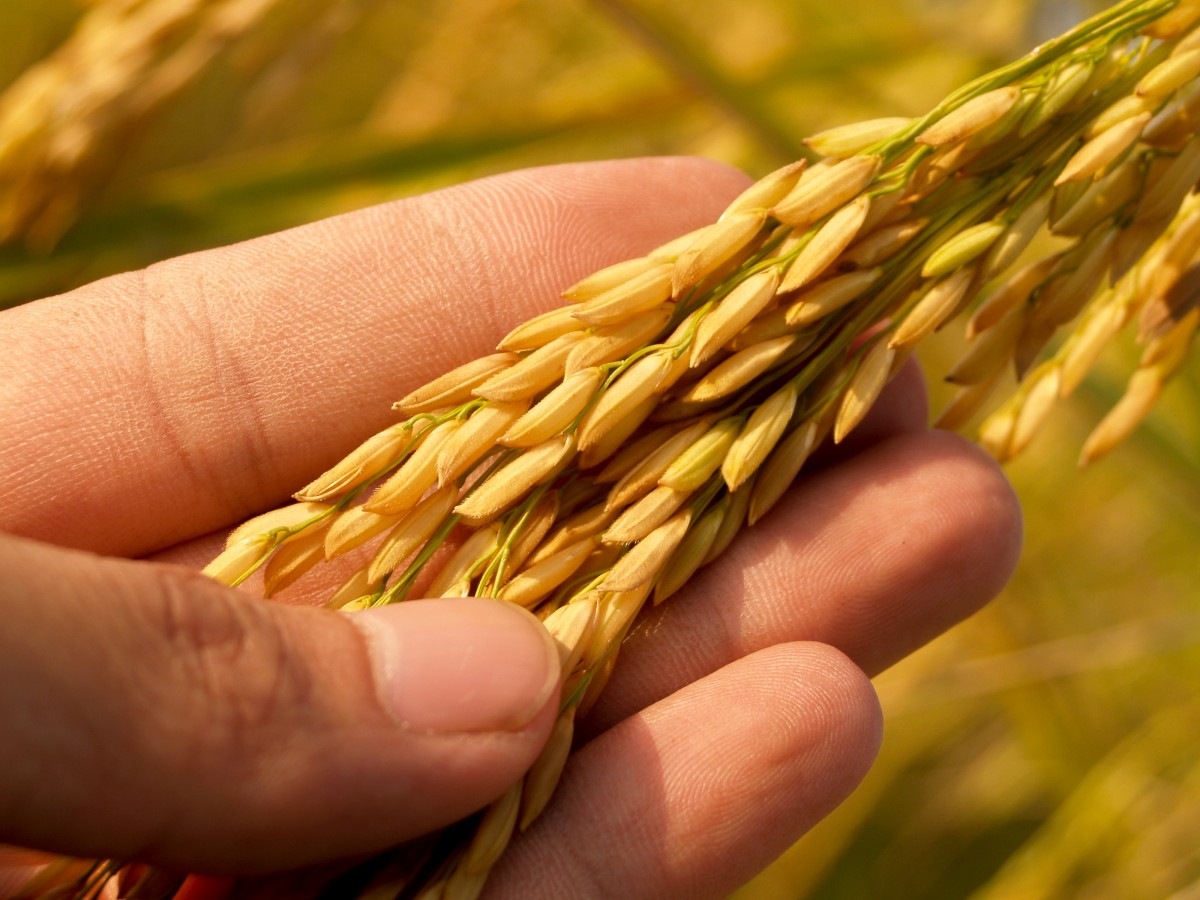
Improving Protein Content in Wheat
Wheat producers in South Dakota always strive to grow a premium product. Quality in wheat often depends on test weight and protein content.
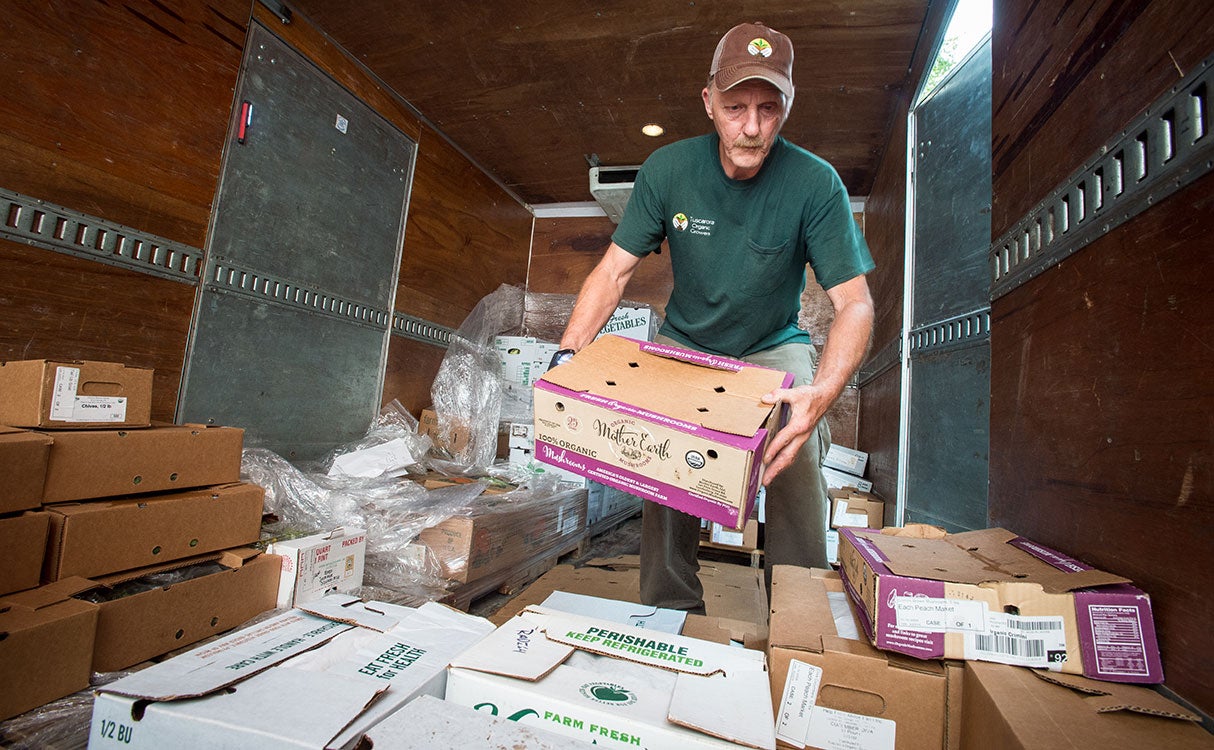
Regulatory Guidance for Selling Foods in South Dakota
Now more than ever, we are seeing food processors and entrepreneurs in South Dakota bringing their food products, not only to farmers markets, but also to retail stores. This article provides regulatory guidance and outlines the necessary steps required to allow for the sale of foods to retail stores.

Johne’s Disease Testing in Beef Herds: Looking at the Available Tests
Once thought to be a dairy cattle problem, Johne’s Disease is increasingly a topic of conversation for beef seedstock and commercial producers alike. An understanding of the Johne’s Disease testing options available is a good first step in devising a herd health plan.

Healthy Beverage Guidelines for Infants to Five Years
Research shows that what children drink has a big impact on their health—both now and for years to come. Learn some age-based beverage recommendations from the nation’s leading health organizations.

SDSU Department of Animal Science Welcomes New Assistant Professor and SDSU Extension Beef Reproductive Physiology Specialist
October 14, 2022
Jessica Drum, Assistant Professor and SDSU Extension Beef Reproductive Physiology Specialist, will focus on reproduction research within the beef cattle industry and share her knowledge through SDSU Extension programs and teaching.

What Does it Mean to Have Chronic Disease?
Chronic diseases are defined broadly as conditions that last one year or more and require ongoing medical attention or limit activities of daily living, or both.

Dealing With Spring Mud and Flooding
As the snow melts, we are going to be left to deal with mud at a minimum and extensive flooding as a possible worst-case scenario. While we can’t control the pace of melting or the possibility of additional precipitation, we may be able to take a few steps to mitigate the negative impacts.
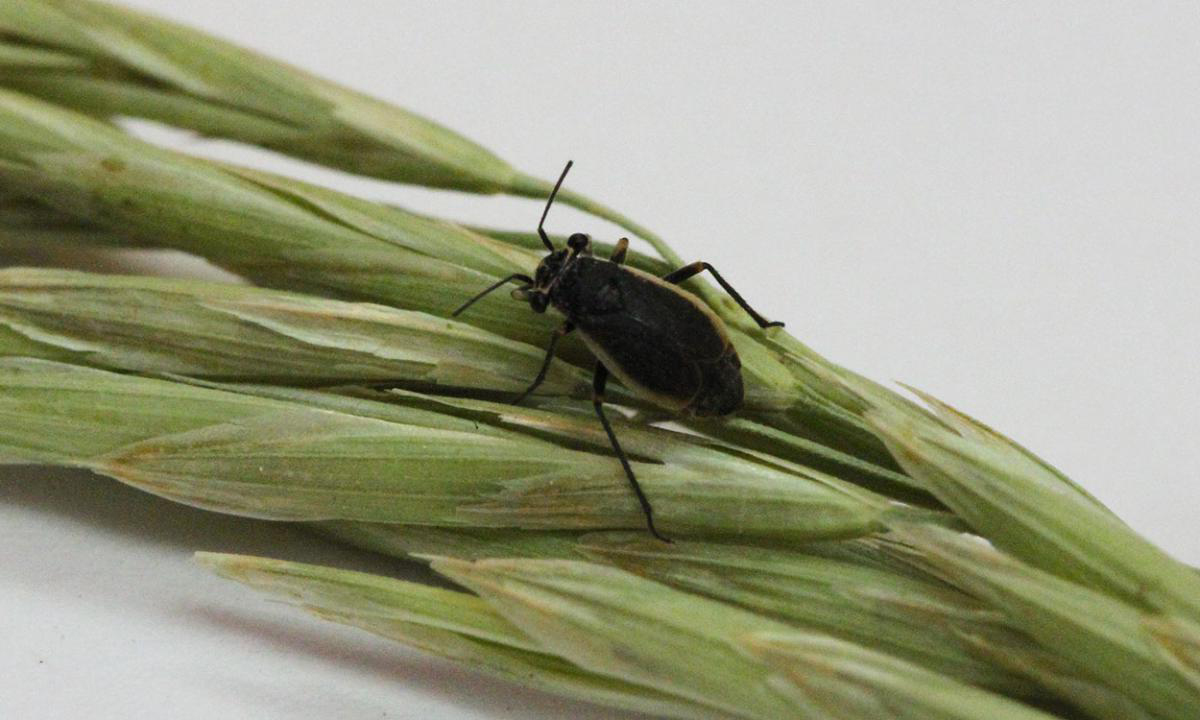
Black Grass Bug Activity Ramping Up
Black grass bugs feed on fresh green growth, which can result in stunted plants and decreased forage quality. Monitoring and potential management of black grass bugs will be of increased importance this spring, especially if drought persists.
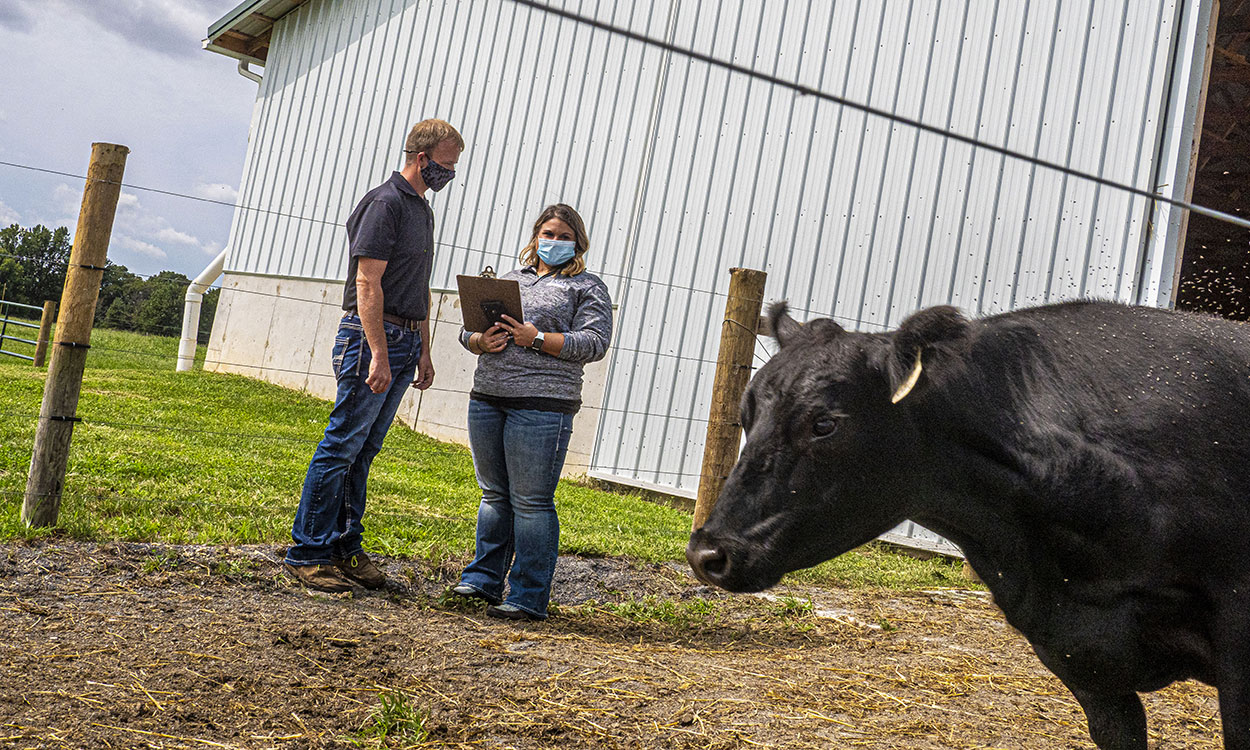
The Secure Beef Supply Plan
The Secure Beef Supply Plan is a continuity of business plan for cattle operations who find themselves affected by movement restrictions during a foot and mouth disease outbreak in the United States.
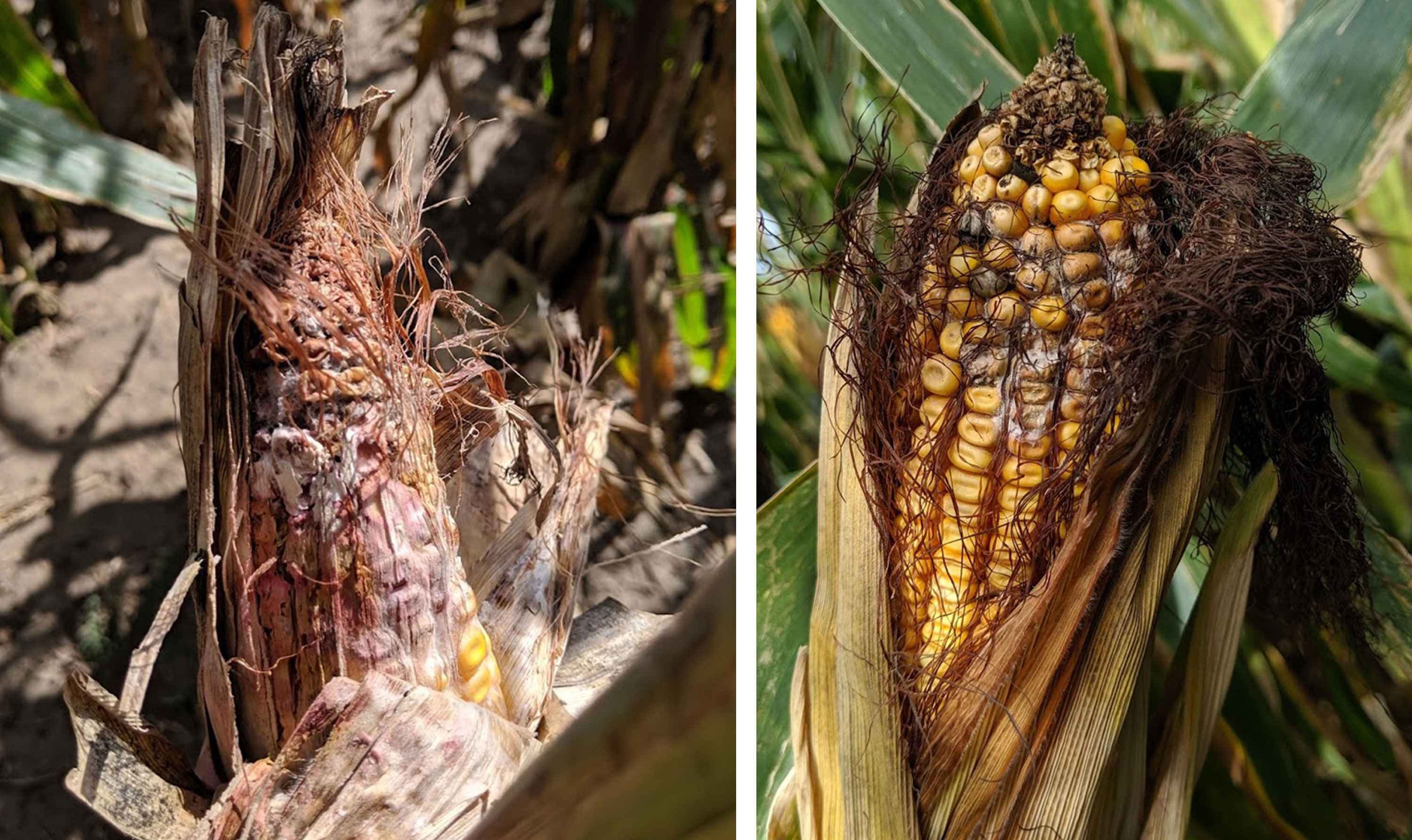
Gibberella and Fusarium Ear Rots Developing in Corn
Corn ear rots are one of the last diseases to scout for in the corn growing season, and sometimes they are ignored or forgotten entirely. Ear rots can cause yield loss in the form of grain quality at harvest, but also cause losses during storage.